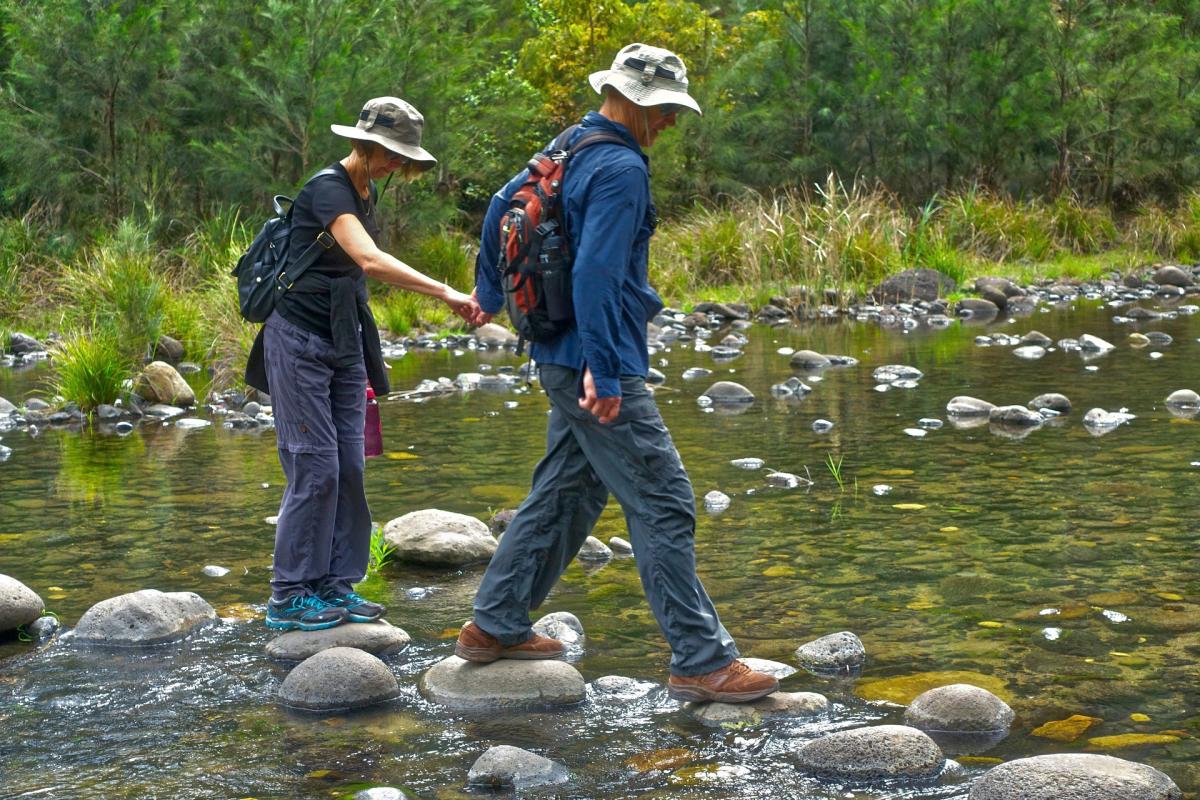Multifactorial falls risk assessment reduces falls by 24% and should be offered to all older people who have fallen or are at risk of falls.

Physiotherapists are able to detect early difficulties with movement, strength and balance. This enables them to identify the most appropriate risk factors for individuals, as well as determining an individual’s overall risk of falls. Physiotherapists also assess for other causes of falls, such as behavioural and environmental, to pinpoint contributing factors.
Multifactorial interventions
Multifactorial interventions may reduce the rate of falls compared with usual care or attention control. These interventions should be considered for people who have fallen, or are at a risk of falls, including older people in settings such as care homes.
The cost of falls to the NHS in England due to hazards in the home environment is £435 million. Home hazard modification is a cost-effective intervention, which includes support, equipment and advice to complete daily living activities, often delivered in partnership with occupational therapists.
A long lie on the floor is associated with serious injury, increased mortality and increased risk of secondary complications. Physiotherapists teach people how to get up from the floor safely and/or how to minimise time spent on the floor. Specific strength training may enable individuals to get up from the floor independently.
Exercise programmes may reduce fear of falling in the short term, without increasing the risk or frequency of falls. Cognitive behavioural therapy can be delivered by trained support workers and can reduce both fear of falling and depression.
Size of the problem
Cost to the NHS of falls is estimated to be more than £2.3 billion per year.
- One third of over 65s fall at least once a year, rising to 50% for those over 80
- Falls which result in injury are the leading cause of mortality in older people
- Following a fall, 50% of older people experience serious mobility impairments and there is a 10% probability of dying within a year
- There are an estimated 500,000 fragility fractures each year but less than one third receive bone protecting treatments
Exercise programmes
Well-designed exercise programmes involving strength, balance and functional exercises reduce falls when delivered in both group and home-based settings. Physiotherapists are well placed to support people with complex health problems to engage in an individualised programme that is adapted to the right intensity, includes supervision if required, and is enjoyable.
Are you a CSP member? Please tell us how we can improve these briefings. Just login and complete our pop-up survey
These exercise programmes must comprise a minimum dosage of 50 hours, delivered for at least two hours per week, for a minimum of six months. In many localities, programmes are not commissioned to provide this amount of exercise, which will reduce effectiveness. Integrated pathways and community partnerships which help people transition from health services to community exercise groups are essential to achieve this evidence-based recommendation.
Service innovation example
Guy's and St Thomas' NHS Foundation Trust Community Rehabilitation and Falls Service
The team received a Health Service Journal (HSJ) Value in Healthcare Award in 2016 in recognition of an initiative that has enhanced falls prevention in the London boroughs of Southwark and Lambeth. With support from the ‘Southwark and Lambeth Integrated Care’ programme, the outcomes from the initiative led to increased substantive funding from local commissioners. The Trust has increased the capacity of the community falls service and created an innovative referral and telephone triage process delivered by non-qualified staff who are trained and supervised by physiotherapists.
Physiotherapists and postural stability instructors now run 37 evidence-based strength and balance exercise classes in the community, and provide one-to-one treatment in peoples’ homes. The strength and balance programme runs for 30 weeks and aims to reduce falls, fractures, falls related ambulance calls, A&E attendances and hospital admissions.



































